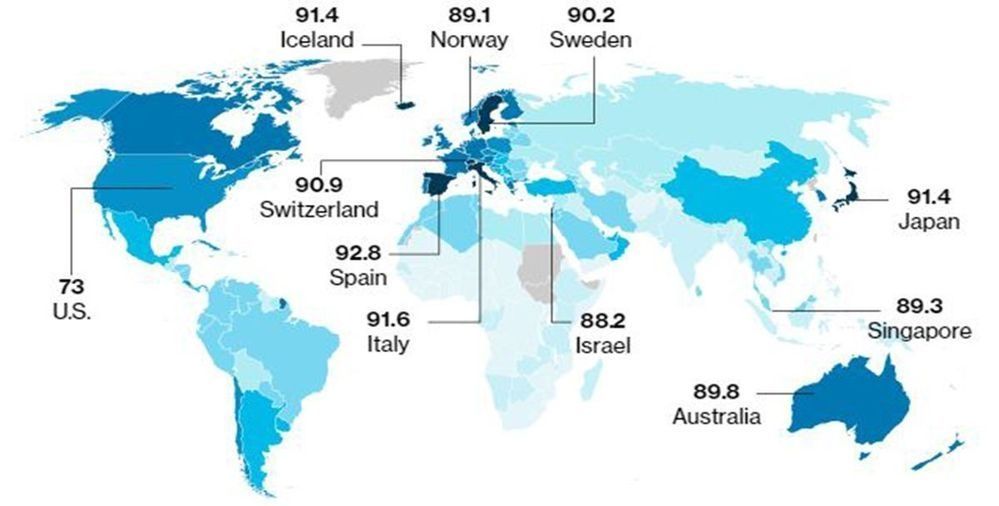Do our minds have quantum structures that give rise to consciousness? Sir Roger Penrose, one of the world’s most famous scientists, believes this and can explain how it works.
Get the latest international news and world events from around the world.
NASA’s Johnson Space Center
LIVE: It’s Space Day at the Texas Capitol! From 9 a.m. to 3 p.m., we will be celebrating human space exploration with interactive exhibits for the public featuring NASA Astronauts, the International Space Station, the NASA Commercial Crew Program, NASA’s Orion Spacecraft, NASA JSC Education’s High School Aerospace Scholars (HAS) program, and legislative proclamations highlighting achievements in human exploration throughout Texas.
Ask your questions in the comments!

Recently two new studies published in Current Biology explored the grandmothers effect on longevity, children’ survival, on age and distance
There is a theory that humans’ long life spans and women’s long postreproductive lives, might be connected through the grandmother effect. “…An analysis of church birth and death records in Finland for individuals born between 1731 and 1890 showed that having a maternal grandmother between 50 and 75 years of age while a grandchild was 5 years old or younger increased the child’s survival… The second study … it’s not just the existence of a grandmother, but her proximity that matters. The shorter the distance between grandmother and grandchild, the more involved the grandmother can be and the more benefits that accrue to her daughter and grandchildren…” See More.

Green and privileged childhoods signal better adult mental
As greenery round the childhood residence shrunk, risk of mental illness as an adolescent and adult went up. Kids who grew up in plots with the least vegetation had a 15 to 50% greater incidence of a range of psychiatric problems, including depression, eating disorders, anxiety and obsessive compulsive disorder.
Two studies link parks and poshness to lower depression and cognitive decline, for reasons still unclear. Paul Biegler reports.

There’s a black hole that can let humans erase their past, astrophysicists say
Forget the past.
However, a study from Berkley University suggests that entering a specific black hole in the universe can actually erase everything that had happened in a person’s past. Not only that, it could also give humans infinite futures!
But, how is that even possible?
According to NASA, “a black hole is a place in space where gravity pulls so much that even light can not get out. The gravity is so strong because the matter has been squeezed into a tiny space. This can happen when a star is dying.” In fact, indy100 mentioned in their article that, physicists have created a theoretical term called “cosmic censorship” to further explain the clash between the rules of the universe and the lawlessness of black holes. While it’s possible to survive a black hole, you should also keep in mind that it has the ability to “spaghettify” you.


World’s Largest Bee Is Spotted For First Time In Decades
Updated at 6:40 a.m. Friday
You might think the world’s biggest bee would be easy to find. But that’s not the case: Until recently, the last time anyone had reported seeing a Wallace’s giant bee living in the wild was in 1981. That changed in January, when the rare bee was spotted on an island of Indonesia.
The Wallace’s giant bee — Megachile pluto — towers over European honeybees. The female’s size has been recorded as at least an inch and a half long, with a tongue that’s nearly an inch long. Add to that a pair of gigantic mandibles, and it’s a bee like no other.



